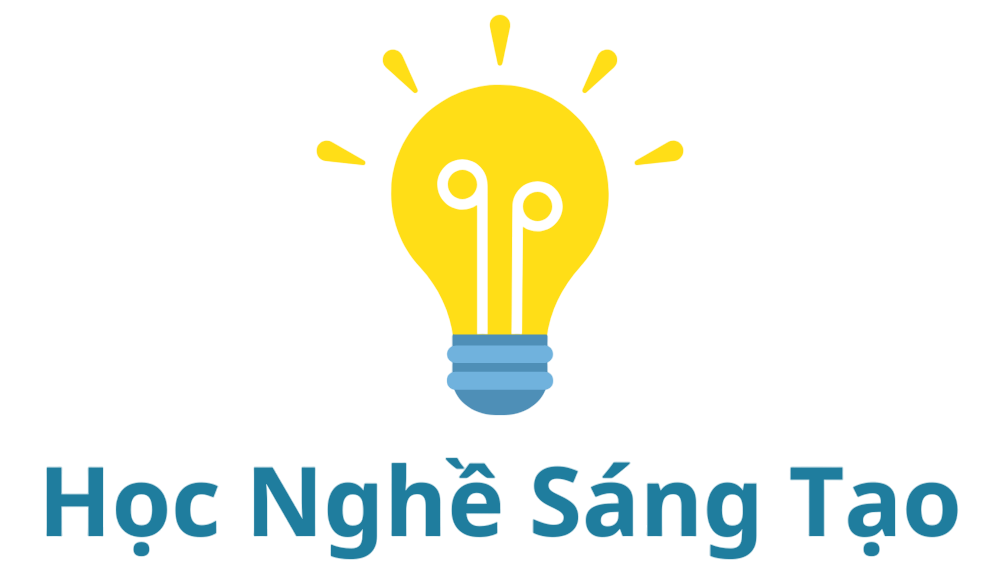Chưa được phân loại
The Research and Implementation of Efficient Learning: A Thorough Assessment
In the quickly changing landscape of education and professional development, the capability to learn https://learns.edu.vn/ efficiently has arisen as a crucial skill for academic success, career advancement, and personal growth. Contemporary research across brain research, neuroscience, and educational practice demonstrates that learning is not simply a inactive absorption of data but an active procedure formed by planned techniques, environmental factors, and neurological systems. This report integrates data from over 20 authoritative sources to offer a interdisciplinary analysis of learning optimization techniques, delivering applicable perspectives for individuals and teachers equally.
## Cognitive Fundamentals of Learning
### Neural Systems and Memory Creation
The brain utilizes different neural routes for different categories of learning, with the memory center assuming a crucial function in consolidating transient memories into enduring preservation through a procedure termed synaptic plasticity. The two-phase framework of cognition identifies two complementary cognitive states: attentive phase (intentional solution-finding) and relaxed state (unconscious trend identification). Proficient learners strategically rotate between these modes, employing concentrated focus for intentional training and associative reasoning for innovative ideas.
Grouping—the method of grouping related content into purposeful units—improves active recall capability by decreasing cognitive load. For instance, instrumentalists mastering complex works break compositions into rhythmic patterns (chunks) before integrating them into complete works. Neuroimaging investigations demonstrate that group creation corresponds with increased neural coating in brain circuits, clarifying why mastery develops through frequent, structured practice.
### Sleep’s Role in Memory Reinforcement
Sleep architecture immediately influences learning efficiency, with restorative sleep stages facilitating explicit remembrance integration and REM sleep improving implicit learning. A recent ongoing research revealed that students who preserved steady sleep schedules outperformed others by nearly a quarter in recall examinations, as neural oscillations during Stage 2 non-REM dormancy stimulate the reactivation of hippocampal-neocortical networks. Applied applications involve staggering learning periods across numerous sessions to capitalize on dormancy-based neural activities.

BÀI VIẾT MỚI NHẤT
Eco Residence Long Bình – Cơ Hội Tăng Giá Ấn Tượng 3 Năm Tới
Eco Residence Long Bình đang trở thành một trong những dự án nhận được sự ...
Master Beard Luxury with Runesilk
rune silk NerdKungFu double six dice asorock watches nicheessence lamps usa break it down YD ...
Runesilk: Beard Care Breakthrough
rune silk NerdKungFu double six dice asorock watches nicheessence lamps usa break it down YD ...
Beard Goals? Meet Runesilk
rune silk NerdKungFu double six dice asorock watches nicheessence lamps usa break it down YD ...